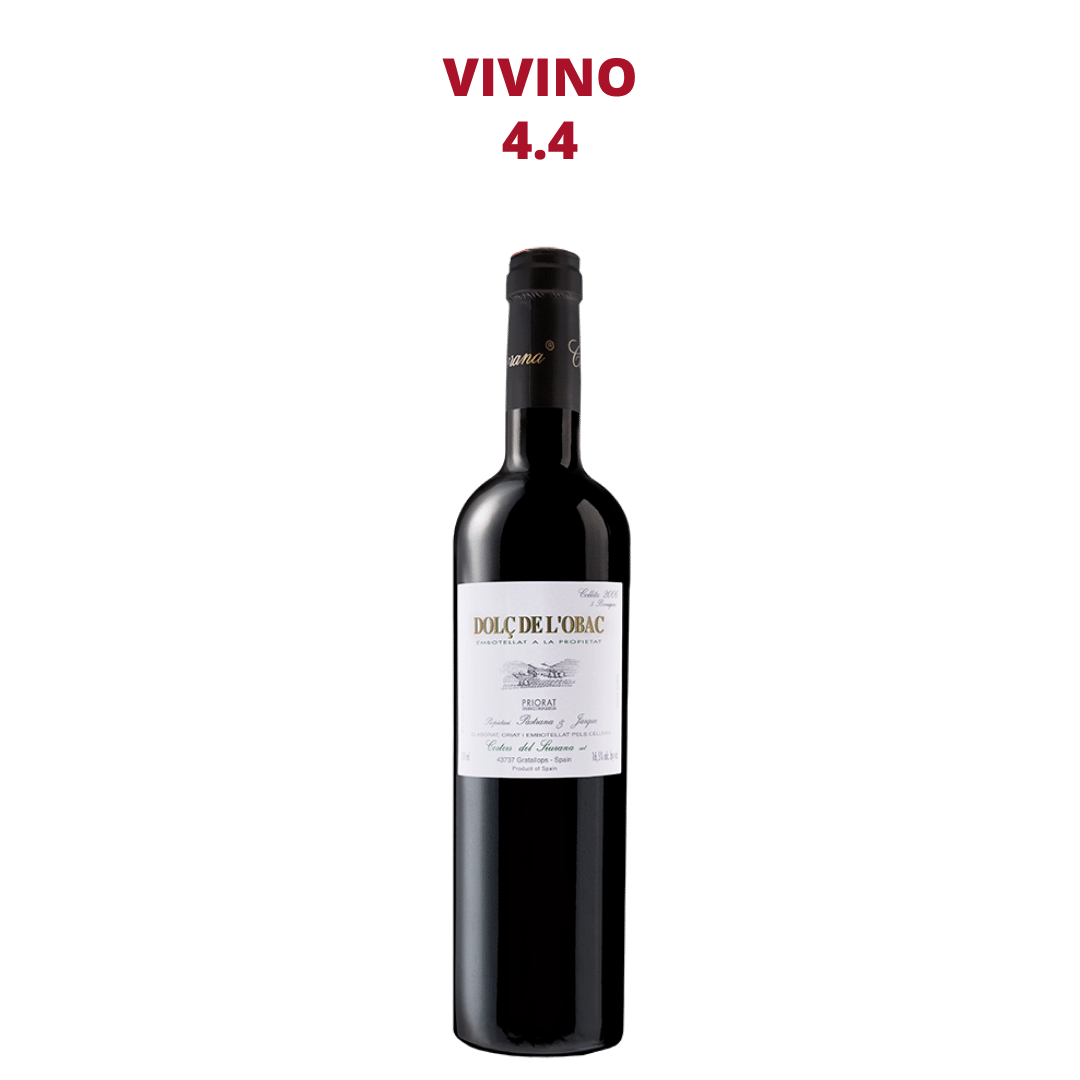Towards the close of the 1970s, the married couple formed by the Tarragona journalist Carles Pastrana and the Barcelona enologist Mariona Jarque embarked on their life adventure, devoting their professional and family future to the project of recovering the wines of El Priorat and of making their wines internationally known.
Thirty years later, together with their two children, Guillem and Iona –who represent the essential future of this story–, they have consolidated a project that is now known and acknowledged around the world.
In 1979 Carles Pastrana and Mariona Jarque recovered the family winemaking tradition and started off on a long adventure aimed to rescue the old Carthusian wines in the heart of the lands that were once under the dominion of the priors of Scala Dei, a monastery located in the Catalan region of El Priorat.
Carles and Mariona created the properties of Clos de l’Obac and Miserere and established the Clos de l’Obac Winery.
Together with a friend of those times, René Barbier (Clos Mogador) the son of a family of Tarragona wine merchants, began to replant vines in El Priorat with the aim to produce some great wines there.
At the beginning of the 1980s the team was joined by the chemist Toni Basté (Clos Basté Krug), a Catalan living in Strasbourg.
He was soon followed by Fernando Garcia (Clos Setién), a wine importer in Frankfurt, and by the biologist and director of the Enology Section of the Falset Vocational Training School, Josep L. Pérez (Clos Martinet), in 1986.
These five people, together with a resident of Gratallops, Antonio Rosario (Clos Ballesteros Jové), who worked for them as a farmer, formed the whole project’s core until 1987, when it was superseded by the founding of an agricultural company that was joined by Adrian Garsed (Clos Garsed) from England and Luc Van Iseghem (Clos dels Llops) from Flanders, who were wine merchants of London and Ostend, respectively. In 1989 and 1990, before the first wine was bottled, Daphne Glorian (Clos Erasmus) from Switzerland and Álvaro Palacios from La Rioja (Clos Dofí) also joined the project, although they never came to form part of the company.
On deciding to create a Priorat wine, one of the most exciting aspects is to consider the many factors that will come to give the wine its specific characteristics, including the grape varieties that are used, the characteristics and types of slate in the soil where the vines are planted, the planting system, the orientation of the vines and the cultivation method that is applied, in addition to other aspects.
Accordingly, the irregular terrain of the slate hills is one of the determining factors.
The Clos de l’Obac and Miserere wines are made from the Grenache, Cabernet Sauvignon, Syrah, Merlot, Tempranillo, Cariñena varieties, while White Grenache, Macabeu, Xarel•lo and Muscat of Alexandria are used to make Kyrie white wine.
The wines from the Clos de l’Obac and Miserere properties and those from the Dolç de l’Obac and Kyrie vineyards are made by a blending method that is based on a system involving the same varieties and percentages of grapes each year, according to the four specific coupages that have been chosen for each of the four wines.
The purpose of this method is to assure that each year the characteristics of our continental and Mediterranean climate will be those that define, by contrast, the personality and character of each wine, and not the characteristics of a random blending wine that would be used to adjust the vintage.
With this system, regardless of the climatic variants, the challenge is to produce a great wine with each harvest, a wine that reflects the distinguishing traits of the year’s four seasons taken as a whole.
Clos d L'Obac's dessert wine is the perfect Spanish take on recioto d'Italia.
It is produced in the eighth vineyard, called Camp dels Espills, is a small property where the grapes are left to over-ripen on their vines each year.
Afterwards, when their fermentation comes to a natural halt, a residual natural sugar is preserved that makes Dolç de l’Obac a very suitable wine for aging in the bottle which is unique worldwide and which forms an especially appropriate accompaniment for blue cheeses, foie-gras and bitter chocolate, among other delicacies.
Same varieties and percentages of grapes used each year
80% GRENACHE
10% CABERNET SAUVIGNON
10% SYRAH



